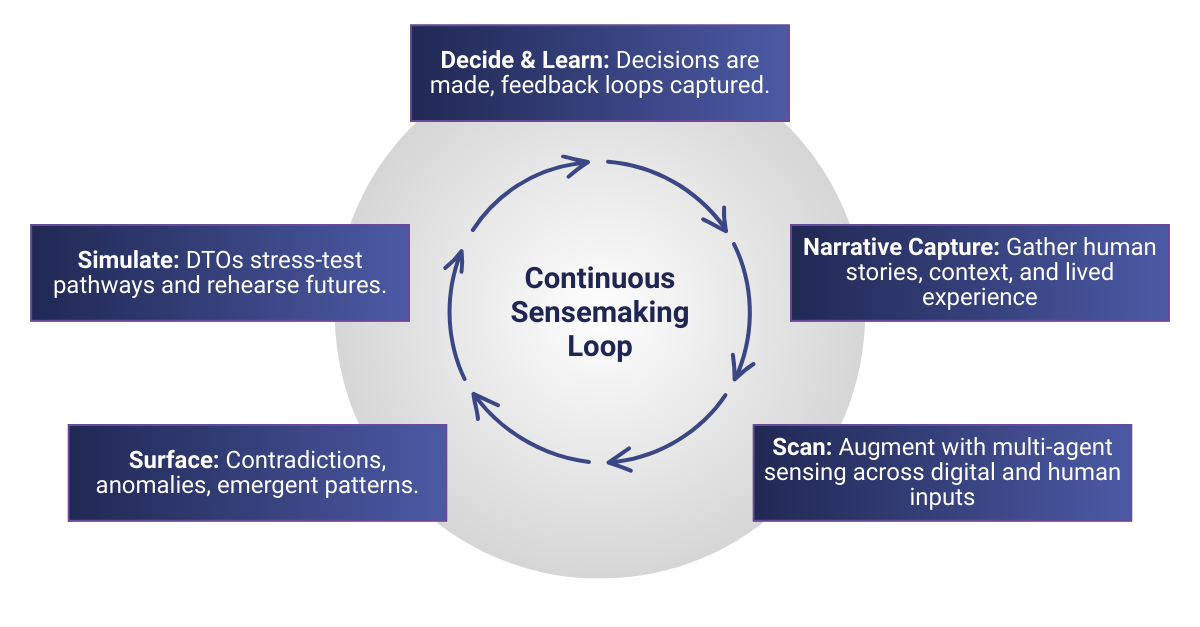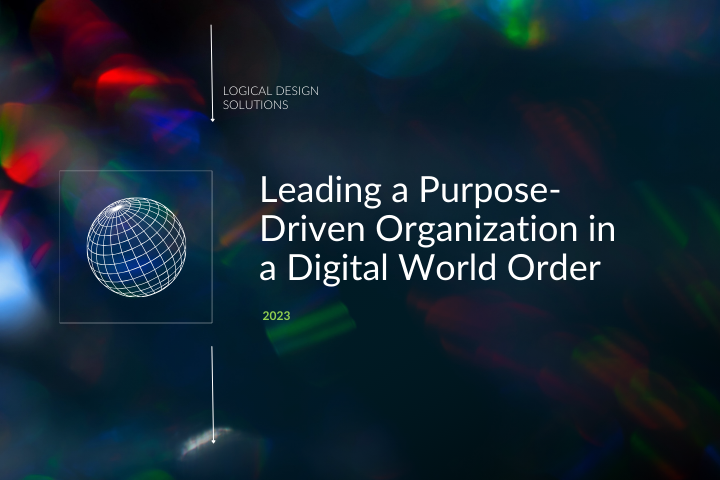7 min read
The Leadership Mindset for a Connected World: Values, Systems, and Empowerment in Business
To survive and flourish, leaders will need an agile mindset to systematically innovate, so that their organizations can harness the full potential of...
.png) Mimi Brooks
Mimi Brooks


.png)
.png)
